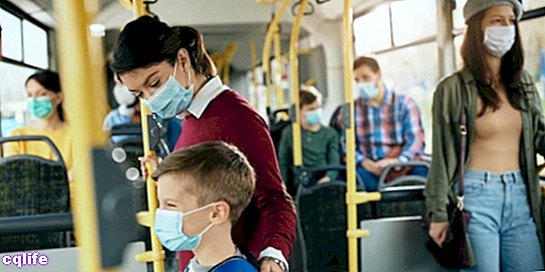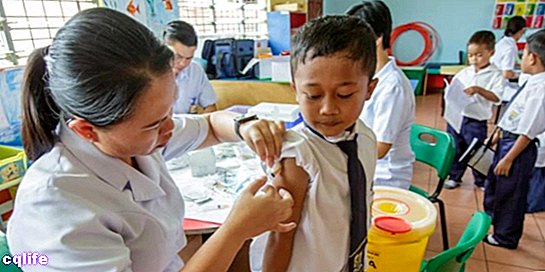We explain what prophylaxis is and its role in the medical field. Also, what are dental, antibiotic and social prophylaxis?

What is prophylaxis?
Prophylaxis, especially in the medical field, is the set of preventive actions whose purpose is to prolong the good Health and delay the disease, rather than just waiting for it to appear and then cure it. In other words, they are carried out in a person healthy. Thus, prophylactic measures are those that serve as "maintenance" of the Body, that is to say, they delay or even prevent the appearance of diseases.
This word comes from the Greek prophylaxis, composed of the voices pro ("before"), phylax ("Guardian") and the suffix –sis (denoting action). So that it can be understood as that which prevents, that which keeps us from an evil or an unwanted consequence. Hence, condoms are called prophylactic (or "condoms", that is, they preserve us), since they protect us from illnesses or unwanted pregnancies.
The term prophylaxis is widely used in health sciences (medicine, dentistry, public health, etc.), such as synonymous preventive medicine, that is, one that does not deal with repairing damage and healing illnesses, as well as preventing both, usually through hygiene, health administration and epidemiological management.
This is of vital importance not only in preserving the health of people, but it also makes it possible to prevent or stop epidemics early.
It is also possible to use the word prophylaxis in other areas, even some as different as chess jargon: chess players speak of "prophylactic moves" to refer to those whose objective is not only to improve one's position on the board, but also to prevent or prevent possible attacks from the rival, or prevent him from improving his position in it.
Dental prophylaxis
In dentistry, we speak of prophylaxis to refer to the set of hygiene measures and prevention that allow us to keep our teeth and gums healthy, delaying the onset of diseases and postponing more invasive and complex medical procedures. The idea, as in the rest of the medical sciences, is that prevention is always better than cure.
Dental prophylaxis, fundamentally, consists of correct oral hygiene, that is, daily brushing after each meal, the use of dental floss or interdental brushes, as well as rinses and other aids in the fight against bacterial plaque and tartar. To this must be added the annual visit to the dentist, to perform a cleaning deeper and check that no ailment or disease is in process.
Antibiotic prophylaxis
In the medical field, there is also talk of antibiotic prophylaxis to refer to the use of antibiotic substances to prevent the appearance of infections, after a medical intervention has been performed or some type of trauma has been suffered. That is, we are talking about the use of antibiotics not to cure an existing disease, but to prevent its appearance.
Its use is very common in postoperative conditions, since, although sterile environments and tools are used when operating, it is possible that some microorganism pathogen entered the body during the time the tissues were open. Thus, the administration of antibiotics ensures that no microbial agent causes an accidental infection.
Social prophylaxis

The concept of social prophylaxis comes from the legal and political sciences, and originally referred to the set of measures taken by public powers and State agencies to prevent or control epidemics and infectious outbreaks in a community, especially those that have to See with venereal diseases, which by their nature and the taboo of sex, used to go unnoticed and be more difficult to detect.
However, the concept of social prophylaxis today has been expanded to encompass the set of measures of different kinds that serve to tackle public health problems, not only epidemic and infectious, but also behavioral and of another nature.
Thus, social prophylaxis makes it possible to tackle society's ailments in time, before they become a public health problem, hand in hand with the psychology and psychoanalysis, but also of the sociology and social medicine.
